A matter of global customs
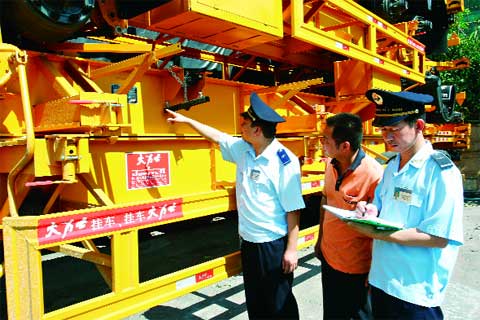 |
| Firms are advised to get their paperwork in order before jumping into cross border trade |
Two grey cloths, one brown cloth, 10 pounds of pepper, five pairs of men’s gloves and two vessels of vinegar.
These are what the king and his chieftains ordered that merchants were to present to the sovereign twice a year. This is also considered by some to be one of the first modern British customs duties enacted in 979 A.D.
Customs duties are certainly not unique to Vietnam nor are they a particularly new invention. Despite the recent proliferation of free trade agreements, clearly they are something that will be with us for some time to come.
These days more than ever, customs duties should not be overlooked especially as by some accounts, over half of world trade is now being carried out under preferential trade agreements such as the well known North American Free Trade Agreement (NAFTA). In such an environment, effective customs planning as well as a comprehensive tax and customs strategy is no longer just an attractive option, but for many companies, it has become a necessity to remain competitive.
On the Asian front, ASEAN member countries are sharing information and best practices more than ever, and member countries’ national rules and regulations are evolving and taking on a distinctly international flavour.
In terms of bilateral agreements, Vietnam has signed the Vietnam-Japan Economic Partnership Agreement (“VJEPA”) on October, 2009. In terms of multilateral agreements, Vietnam is member to a number of free trade agreements, as shown in Table 1.
This article is intended to illustrate the importance for companies involved in cross border trade to carefully design, implement and maintain an integrated customs strategy. To be most effective, such a strategy should combine both a wide range of customs considerations and also an integrated transfer pricing strategy.
There is a broad legal framework in place governing international customs rules and practices. This framework includes such guidance as the multilateral World Trade Organization’s (WTO) Valuation Agreement and the guidance of the World Customs Organization. There are also specific bilateral agreements as we noted earlier. Thus, there are many sources of rules a company operating cross-border in Vietnam needs to consult to assure their customs strategy is sound.
On the Asian front, it is notable that Asia Pacific Economic Cooperation (APEC) has set up a sub-committee on customs procedures and this committee has compiled the APEC Customs Best Practices Handbook, which provides summary information on customs practices across the APEC region.
Besides the basic laws relating to customs issues mentioned in Table 2, there are a number of decrees, circulars and decisions that are regularly updated on Vietnam Customs website.
Customs values
Customs valuations in Vietnam are regulated by Decree 40 (from 2007) and Circular 40 (from 2008). Based on this guidance, the transaction value of imported goods is subject to upward adjustments. For example, this may include royalties or commissions in the customs value of an imported item.
To determine the customs duty rate, it is necessary to first determine the applicable tariff code, then the country of origin. The certificate of origin has become an area of keen interest with the authorities in recent years. There are also a range of different rates including the normal rate, the free trade association rate and the Most Favoured Nation rate (MFN) applied between members of the WTO.
The transactional valuation method is generally the preferred valuation basis as the adoption of alternative methods can lead to uncertainty over customs duties and potential penalties.
It is worth noting that there are a number of conditions which must be satisfied in order to adopt the transactional value method. These mainly focus on price restrictions. For instance, to apply the transactional value method there should be no restrictions on the purchaser’s right to dispose of goods after they are imported.
The price should not be dependent on conditions or payments based on a value that cannot be determined. The purchaser should not be required to pay any additional amount after reselling or using the imported goods. In addition, there should be no special relationship between the purchaser and seller.
Documentation
To minimise risks, companies should prepare a customs dossier including all required documents. Normally a customs officer would expect to see the following documents: customs declaration dossiers, sales contracts (both Vietnamese and English versions), commercial invoices, import licences, packing lists, bill of lading or cargo manifest and certificate of origin.
It is also necessary to prepare documentation for any special relationship between the purchaser and seller. The authorities require importers to retain other documents relevant to the dutiable value determination.
To avoid falling foul of this very broad clause, it is prudent to retain as much supporting documentation as possible. The costs of archiving papers will be far lower than the potential penalties and administrative headaches that could result from a customs audit.
Monitoring
The Vietnamese authorities have a variety of methods to audit for customs compliance. Post-customs clearance audits may be completed at the border gate or at the customs department. In some instances, the division in charge of anti-smuggling investigations at the customs department may also perform such an audit. A regular customs audit will either take place at the company’s office or will be undertaken at the customs office.
There is a growing trend among customs officials towards increased scrutiny of royalties and licence fees in relation to customs values. In recent years, the focus of this scrutiny has often been foreign-owned trading companies and foreign-invested service companies.
Generally, penalties for basic non-compliance with customs procedures are capped at VND70 million for administration matters. Penalties for serious violations of customs duties mirror those applicable for tax violations (one to three times the under-paid duties and interest of 0.05 per cent, per day on late payments).
Planning opportunities
A key issue facing businesses today is the lack of planning and the resulting missed opportunities to lower customs cost. This lack of planning can also cause problems with insufficient documentation and also lead to potential non-compliance with regulations.
Vietnam customs rules are often complex, frequently amended and subject to varying interpretations. Post-entry audits are often aggressively conducted by the customs authorities. As noted earlier, recent trends include a focus on royalties and licence fees added to customs value. Other risks include a lack of consistency in application of the rules for different locations and onerous documentation requirements.
The fast changing customs rules bring many difficulties for businesses. It is important for businesses to keep up to date with changing practices and legislation but there are occasionally situations where the authorities themselves may not be completely up to date and reliance can be placed on outdated methods.
Strategies and solutions
As mentioned earlier, good planning is essential when considering setting up a business in Vietnam. In addition, companies need transparent financial reporting systems, good compliance practices and a consistent approach to prepare for audit defense later. Beyond the basics, an integrated approach to tax, legal and customs planning and can help companies manage risk and improve cash flow.
Thus, when considering customs, there are many issues and pitfalls. As mentioned earlier, these include royalties for the use of brands, procedural non compliance, the use of wrong values, and lack of documentation. The key point to note is the importance of timely planning and proper documentation. The best approach is to be pro-active in customs planning and have an integrated strategy that combines customs, tax and transfer pricing considerations.
Please feel free to contact Grant Thornton Vietnam (GTV) tax partner Ronald Parks, or tax consultant Mr. Nguyen Truong Hiep, at #Ronald.Parks@gt.com.vn and Hiep.Nguyen@gt.com.vn respectively, should you have any questions about this article.
What the stars mean:
★ Poor ★ ★ Promising ★★★ Good ★★★★ Very good ★★★★★ Exceptional
Related Contents
Latest News
More News
- New Hope ceases Binh Dinh pig-breeding project (April 19, 2024 | 18:34)
- Localities get ready for fourth FDI boom (April 19, 2024 | 16:41)
- Japanese retailer Takashimaya to advance project in Hanoi (April 19, 2024 | 11:31)
- Carmakers go it alone on e-vehicle charging solutions (April 18, 2024 | 14:00)
- Need is urgent for e-vehicle charging infrastructure (April 18, 2024 | 11:00)
- Chinese electric vehicle names remain in pole position of market expansion efforts (April 18, 2024 | 09:00)
- Industrial parks within Vietnam keen on Taiwanese investment (April 17, 2024 | 23:00)
- Vietnam can emulate Taiwanese high-tech success (April 17, 2024 | 21:00)
- Capital influx from Taiwan builds up steam in Vietnam (April 17, 2024 | 19:00)
- Chip industry taking on new players (April 17, 2024 | 16:38)

 Tag:
Tag: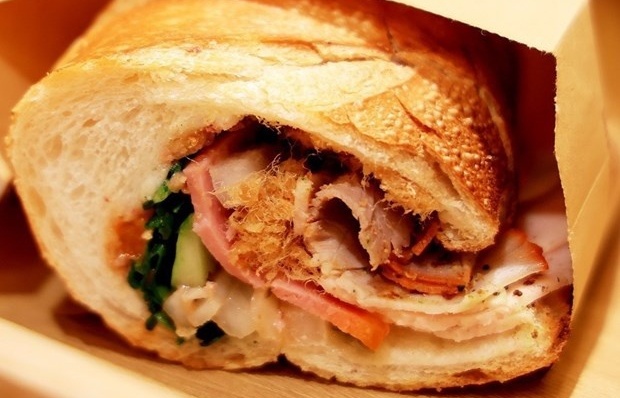
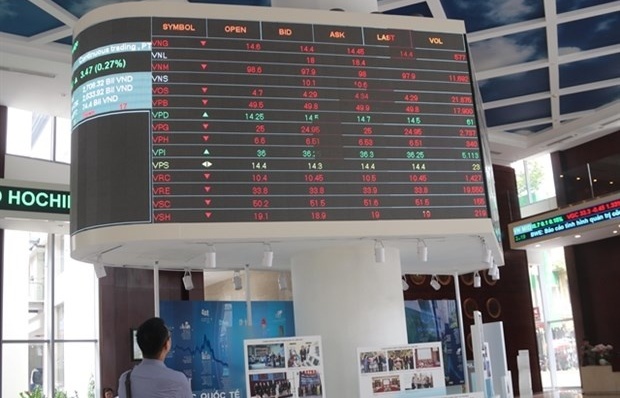

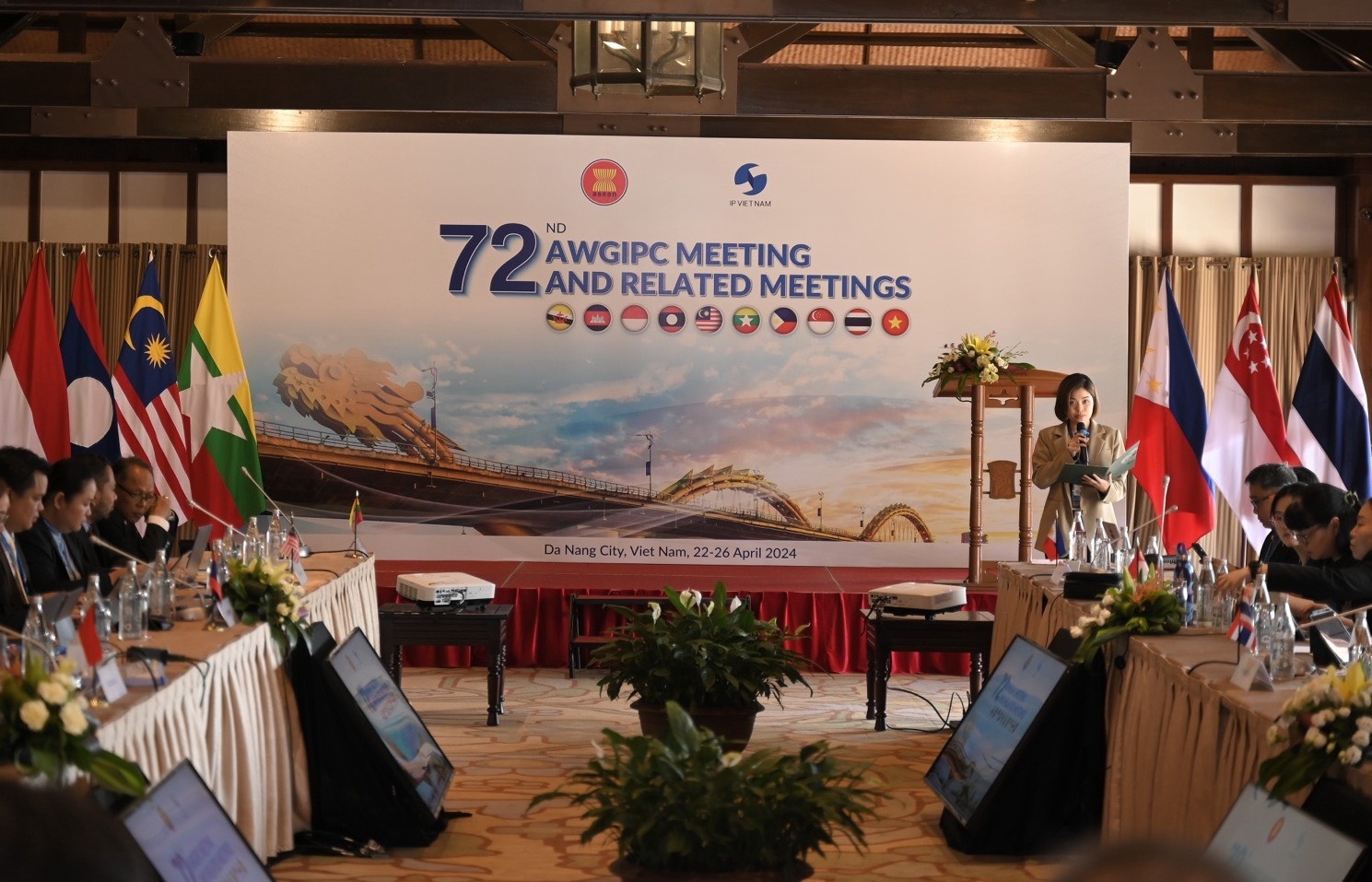

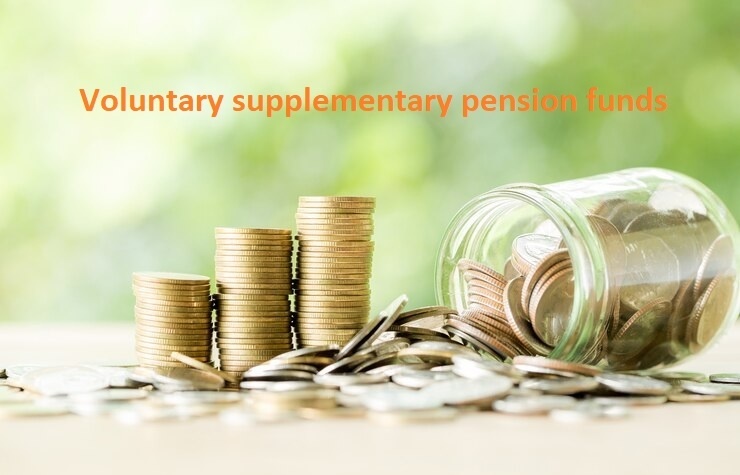

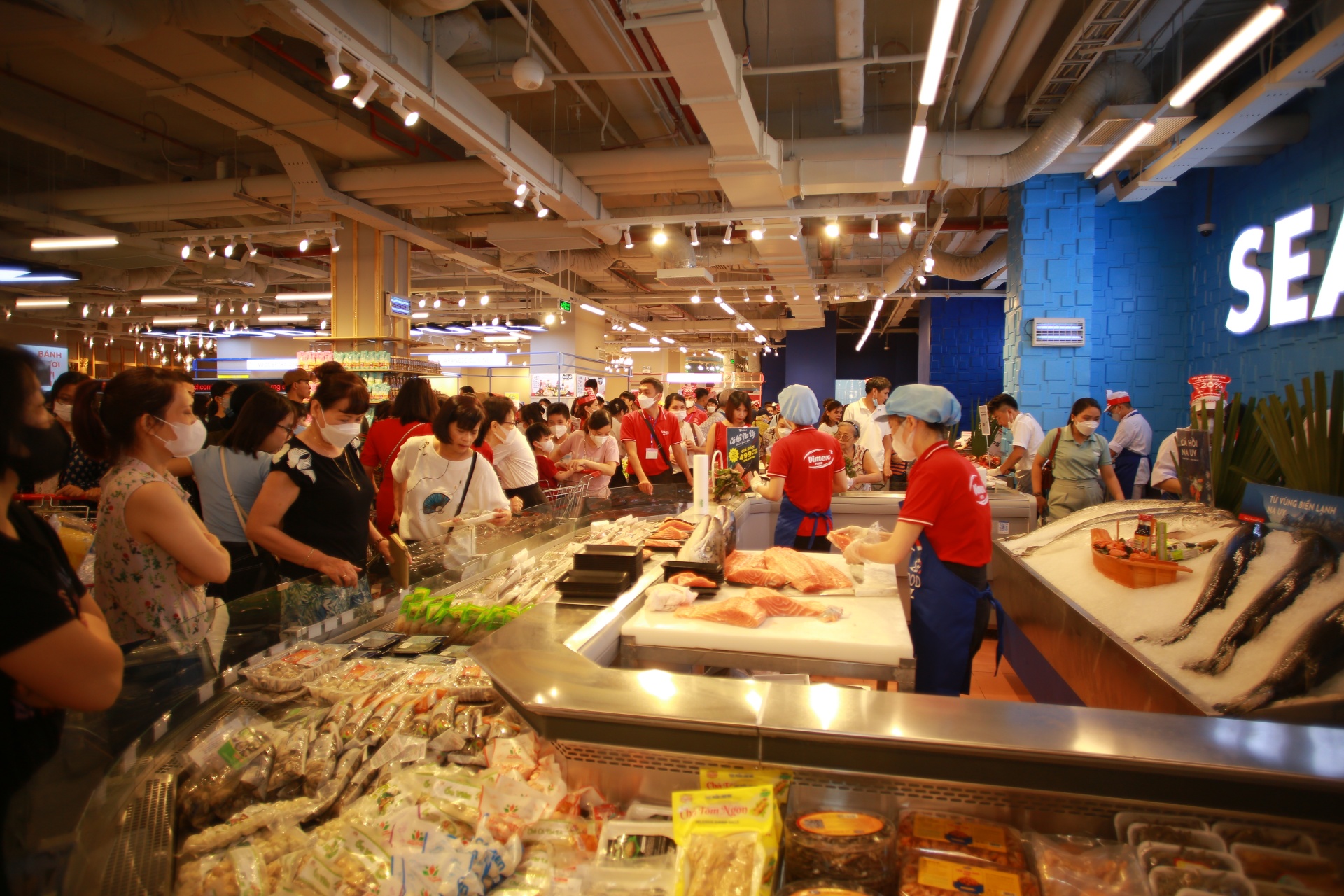
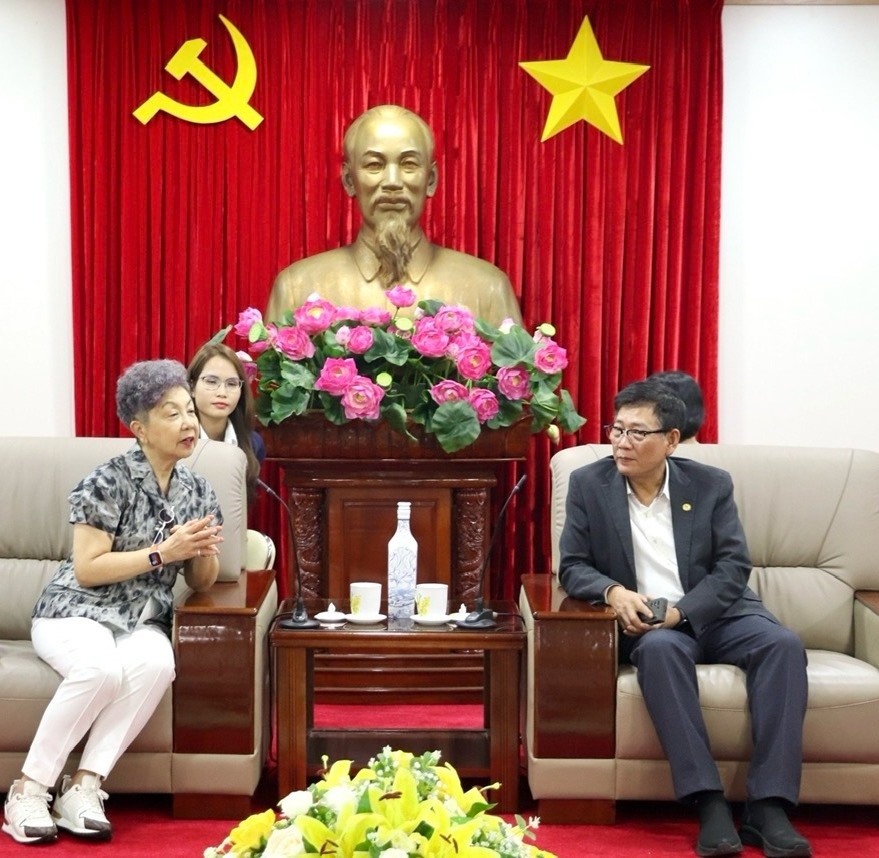

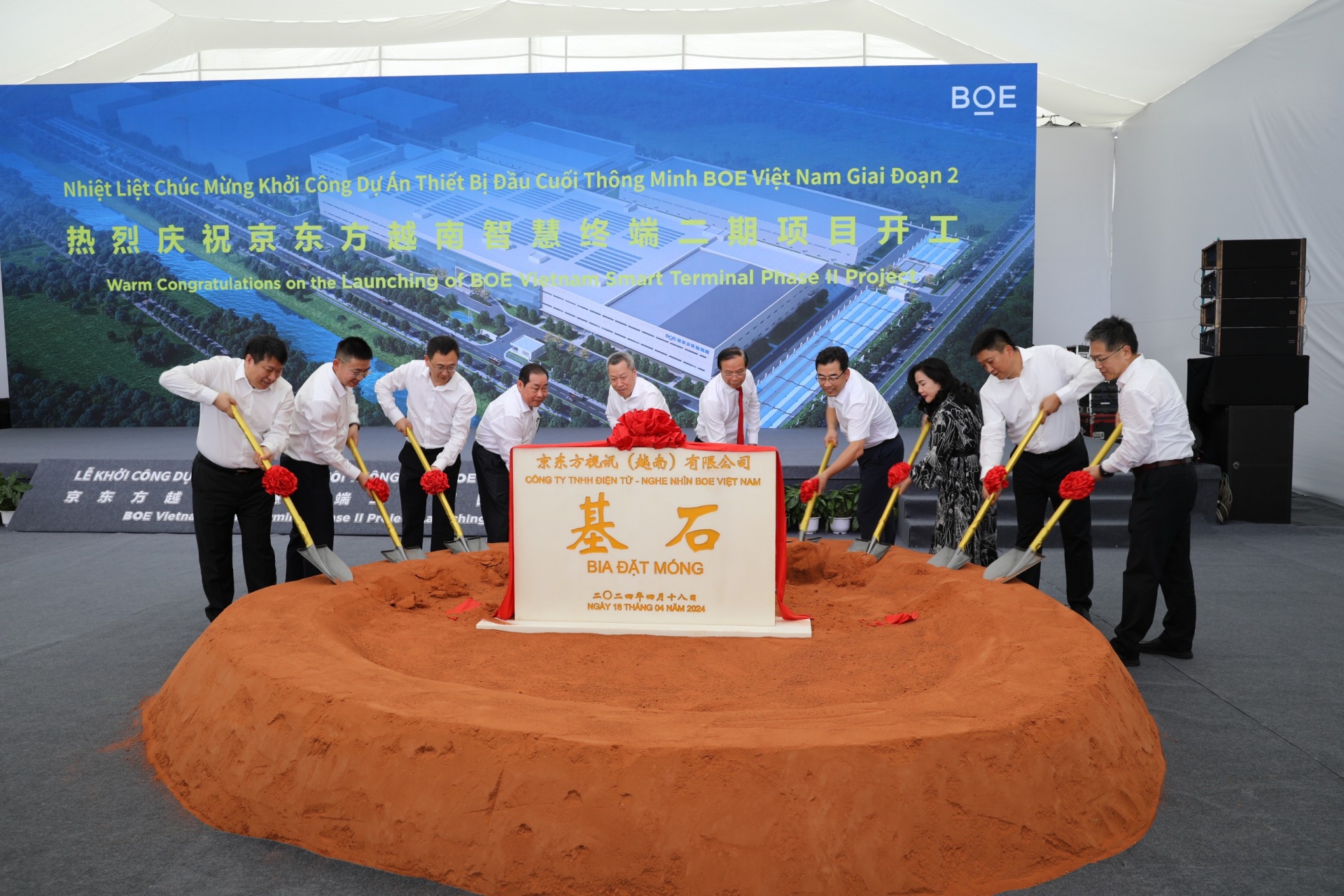



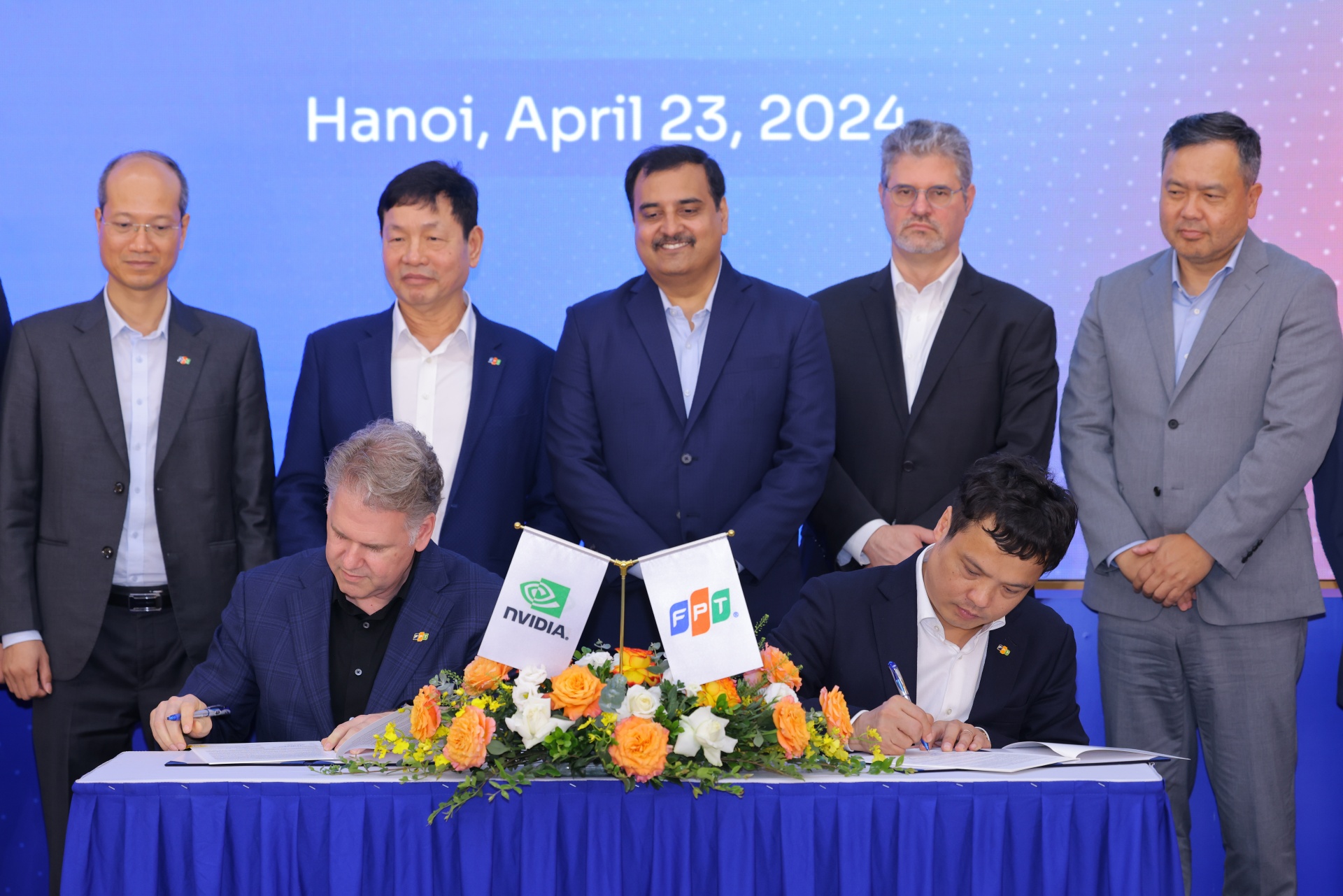
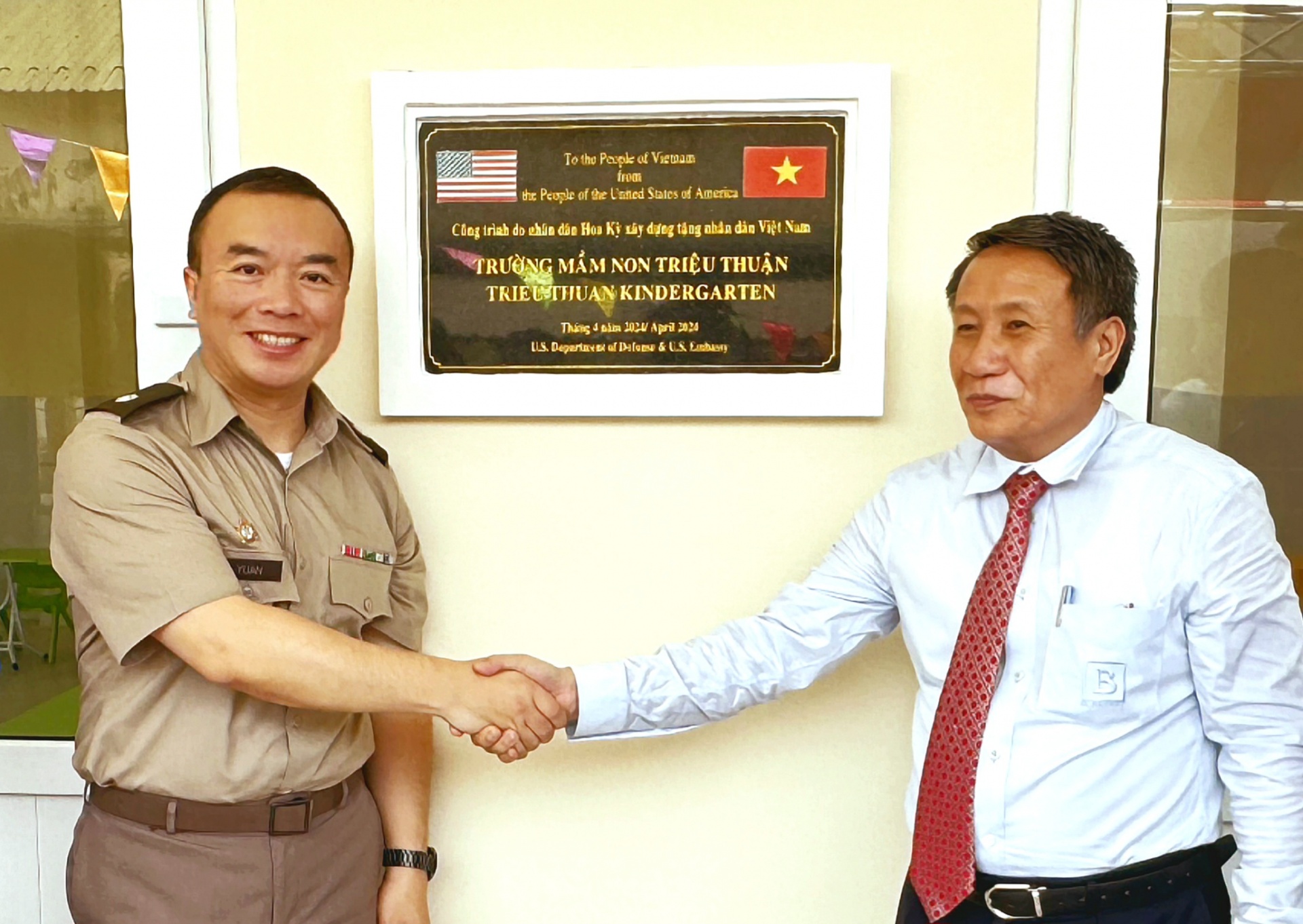
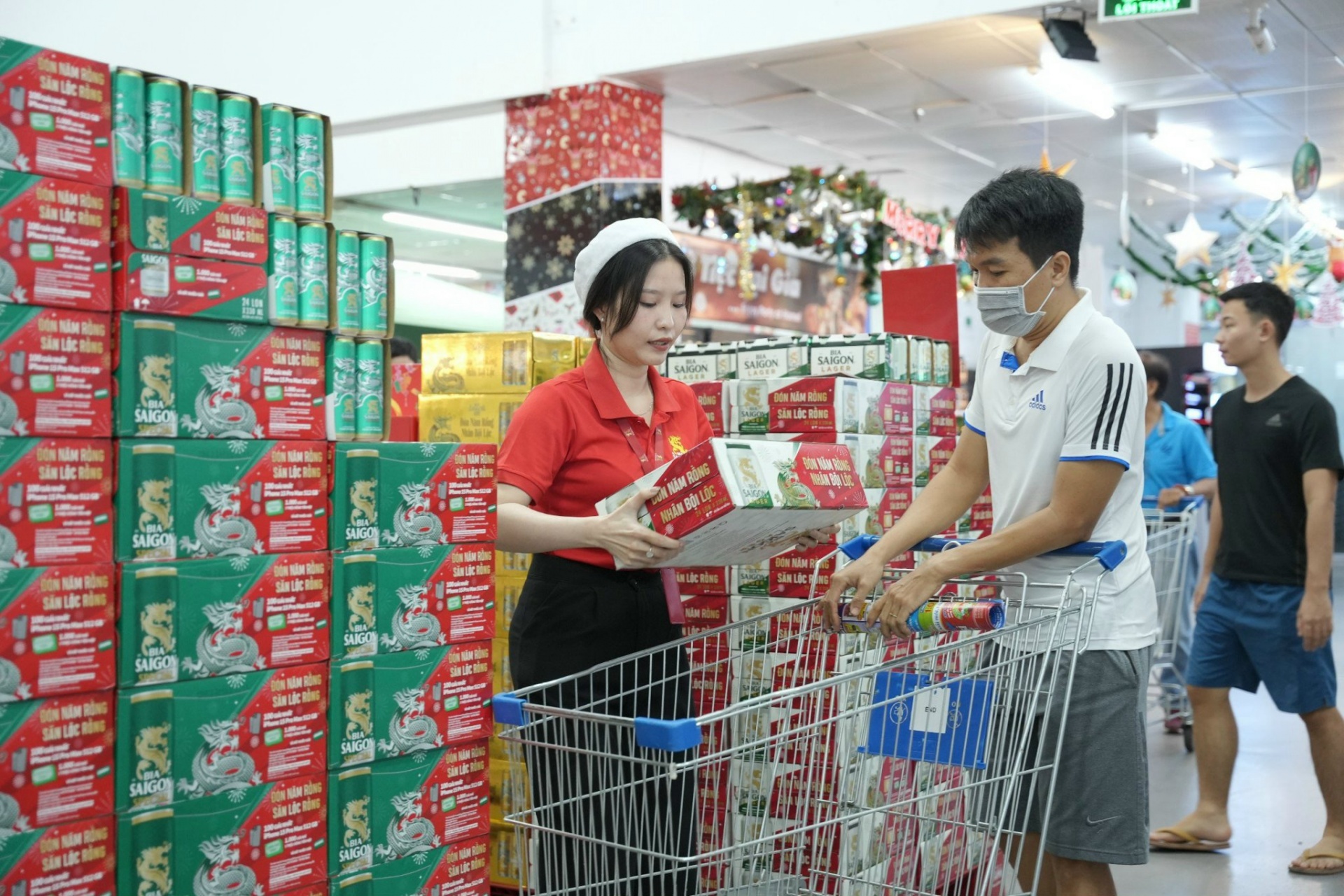



 Mobile Version
Mobile Version